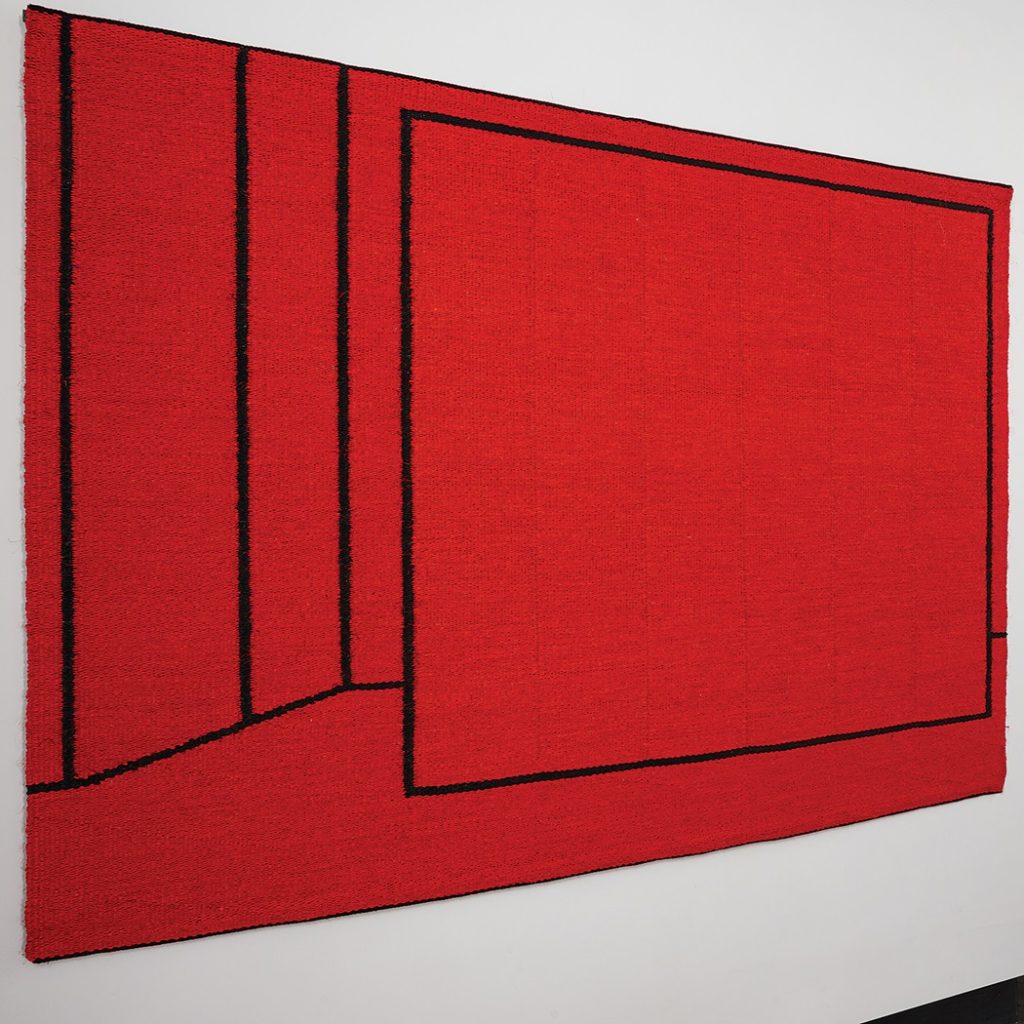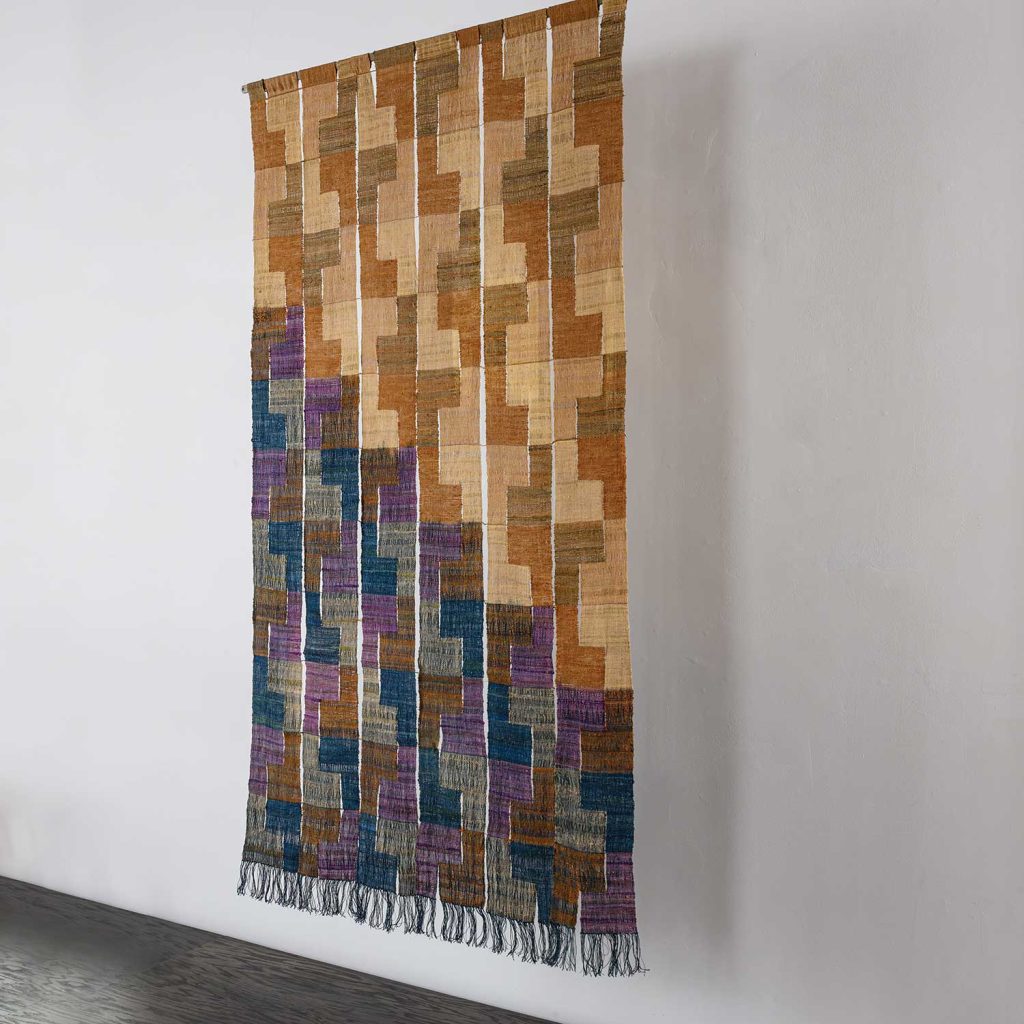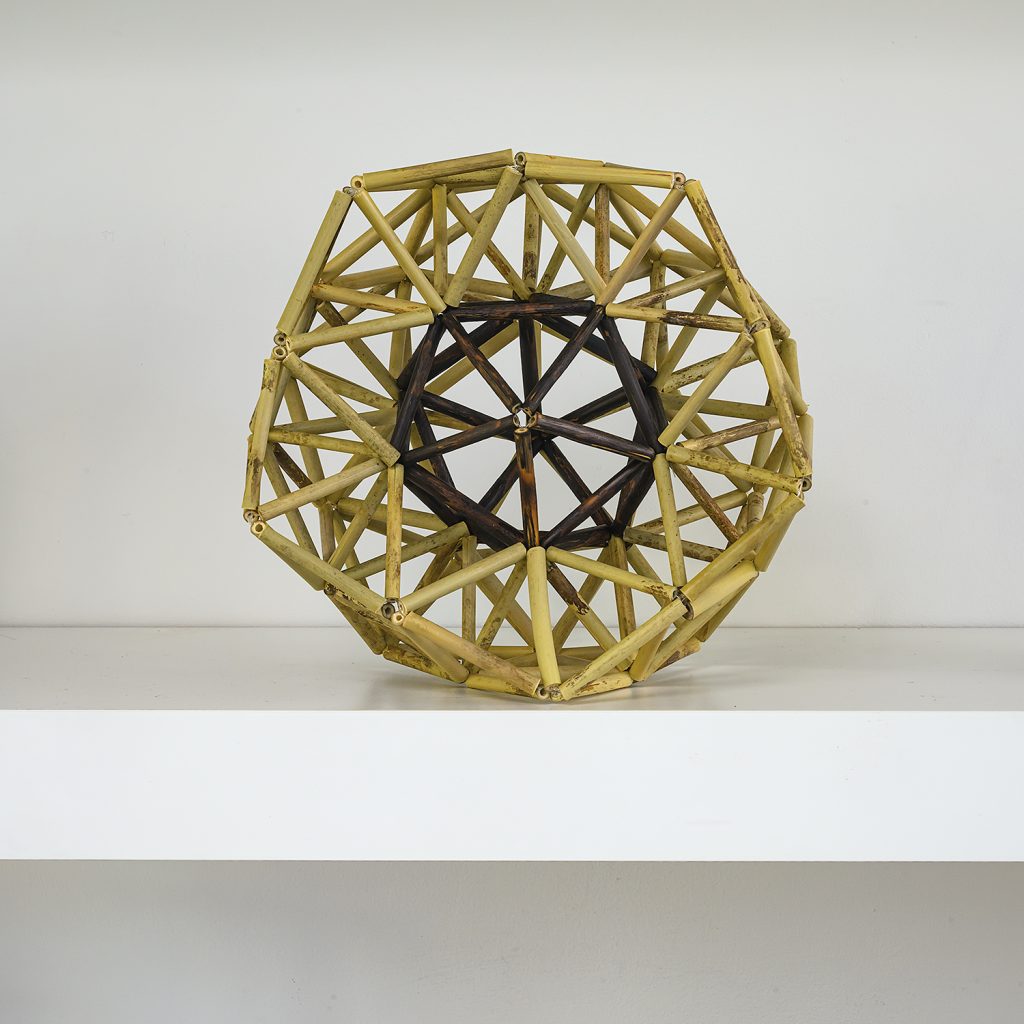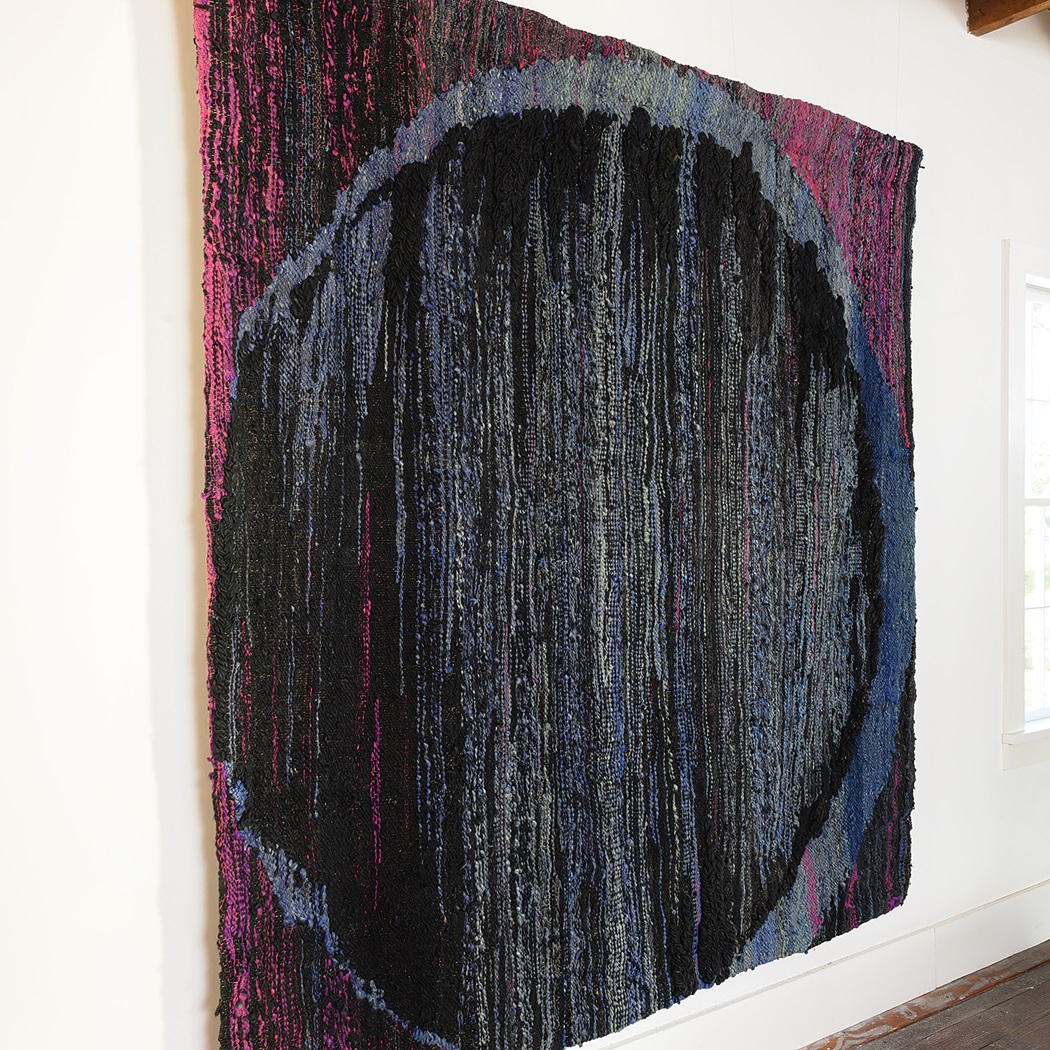August has been an exciting month at browngrotta arts as we edge closer to the launch of our highly anticipated Fall 2024 Art in the Barn exhibition, Ways of Seeing – exploring ways individuals envision and curate art collections. Our upcoming showcase, delves into the diverse ways individuals curate and experience art collections. Within this exhibition, we’ll present unique groupings, including The Art Aquatic, featuring works inspired by water; Impact: 20 Women Artists to Collect, spotlighting influential artists from both the US and abroad; and Right-Sized, which focuses on art created with specific constraints in mind. Mark your calendars for September 21-29 to join us for this compelling event!
Over the past month, our New This Week series has introduced an array of talented artists, including Gudrun Pagter, James Bassler, Noriko Takamiya, and Zofia Butrymowicz. We’re thrilled to showcase their remarkable contributions and offer you a glimpse into their extraordinary work.
Catch up on all our recent features and stay tuned for more exciting updates as we count down to our big exhibition!

Kicking off the month, we had the pleasure of featuring the work of Gudrun Pagter. A distinguished Danish artist, Pagter is celebrated for her bold and graphic tapestries that engage deeply with themes of architecture and geometry.
Pagter’s artwork is characterized by narrow lines and shifts in color fields, demonstrating her commitment to exploring and refining artistic idioms. She describes her approach as a rigorous investigation into the picture plane, employing a disciplined structuring of geometric forms and a restricted color palette. Her work not only captures the essence of architectural forms but also invites viewers into a meticulously crafted world of design.
We’re thrilled to showcase Pagter’s captivating pieces and hope you found her feature as inspiring as we did!

Next, we turned our spotlight to the remarkable James Bassler and his tapestry Tracking Nasca Patterns. Since 1980, Bassler has delved into various weaving traditions, including the wedge-weave structure of the Navajo, Japanese shibori, and pre-Columbian scaffold weave techniques. His work is a testament to his dedication to exploring and preserving these ancient textile practices.
This specific piece was crafted with linen for both the warp and parts of the weft, this tapestry incorporates natural dark brown cotton from Guatemala, lighter brown cotton from Oaxaca, and Coyuchi, a handspun silk from Oaxaca. The unique silk used in this work is produced by worms that feed on native oak trees, adding a special touch of nature’s elegance. The highlight of the tapestry is the striking purple-dyed handspun cotton called Caracol, derived from a traditional dyeing process involving sea snails found along the Pacific coast of Oaxaca. Local artisans collect the snails to extract the dye before returning them to their habitat, demonstrating a sustainable practice deeply rooted in tradition.
We’re honored to showcase Bassler’s intricate and culturally rich tapestry, and we hope you enjoy exploring the craftsmanship and historical significance embedded in this piece.

5.5” x 7” x 7”, 2023. Photo by Tom Grotta
We then turned our spotlight to the innovative Noriko Takamiya, celebrated for her contemporary take on traditional Japanese basketmaking techniques. Takamiya’s practice is a captivating blend of experimentation and refinement, as she explores various weaving methods using an array of materials such as wood splint, ramie, rice straw, and paper.
Her work often features non-vessel forms that highlight the unique interplay between structure and material. Takamiya’s approach involves wrapping, tying, and plaiting techniques, resulting in intricate, sculptural pieces that showcase her mastery over both form and texture.
Takamiya is part of a distinguished group of basketmakers, inspired by Hisako Sekijima’s pioneering basket technology, which has evolved into a new method of three-dimensional modeling. Since 1986, this influential group has continued to push the boundaries of basketry, contributing significantly to the field.

Last, but certainly not least, we honored the late artist Zofia Butrymowicz, a pioneering figure in East European textile art. Butrymowicz is remembered for her innovative approach to weaving, which she referred to as “loom thinking.” This technique involved working directly on the loom without a prepared cartoon, allowing for spontaneous and dynamic creations.
Butrymowicz excelled in the wool gobelin technique, utilizing handspun wools that were often rough and irregular to create striking and textured pieces. Her work frequently emphasized color, reflecting her deep interest in experimentation and new artistic expressions. Throughout her career, Butrymowicz’s contributions to the art world were celebrated globally, and her legacy continues to inspire.
Her unique approach and dedication to pushing the boundaries of textile art have left an indelible mark. We’re privileged to feature her remarkable work, celebrating her innovative spirit and enduring influence.
Thank you for following along with our latest features and updates. We’re excited to share more as we approach the launch of Ways of Seeing. Don’t forget to reserve your spot for the exhibition and stay tuned for further details!
